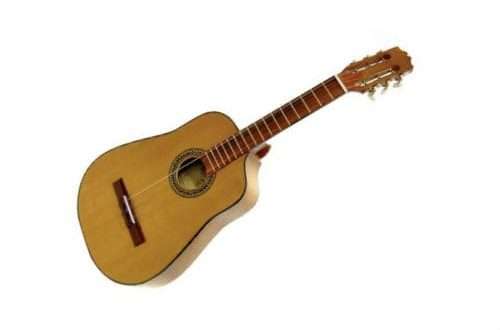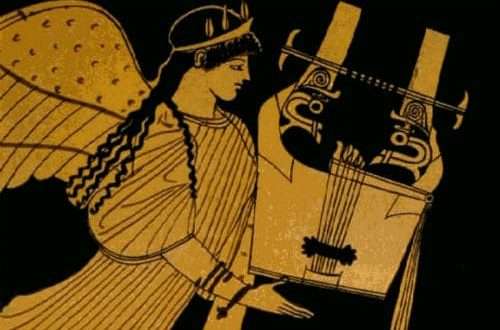
Kemancha: description of the instrument, composition, history, varieties, playing technique
Contents
Kemancha is a stringed musical instrument. Belongs to the bow class. Distributed in the Caucasus, the Middle East, Greece and other regions.
History of the tool
Persia is considered the ancestral home of the Kamancha. The oldest images and references to the Persian bowed string instrument date back to the XNUMXth century. Detailed information about the origin of the instrument is contained in the writings of the Persian musical theorist Abdulgadir Maragi.
The Persian progenitor was distinguished by an original design for those centuries. The fretboard was long and clawless, allowing more room for improvisation. The pegs are large. The neck had a rounded shape. The front part of the case was made from the skin of reptiles and fish. A spire extends from the bottom of the body.
Number of strings 3-4. There is no single system, the kemancha was tuned depending on the preferences of the kamancha. Modern Iranian musicians use violin tuning.
To extract sound from the Persian kemenche, a semicircular horsehair bow is used. When playing, the musician rests the spire on the floor to fix the instrument.
Varieties
There are several types of instruments that can be called kemancha. They are united by a similar structure of the body, the number of strings, the rules of the Play and the same root in the name. Each species may include several different varieties of kemancha.
- Pontic lyre. It first appeared in Byzantium in the XNUMXth-XNUMXth centuries AD. The late design of the lyre is based on the Persian kamancha. Lyra was named after the ancient Greek name for the Black Sea – Pont Euxinus, on the southern shores of which it was widespread. The Pontic version is distinguished by the shape of the case, similar to a bottle, and a small resonator hole. It is customary to play the lyre in fourths on several strings at the same time.
- Armenian keman. Descended from the Pontic kemancha. The body of the Armenian version was enlarged, and the number of strings was increased from 4 to 7. Keman also has resonating strings. Additional strings allow the keman to sound deeper. Serob “Jivani” Stepanovich Lemonyan is a well-known Armenian kamanist performer.
- Armenian kamancha. Separate Armenian version of kamancha, not related to keman. Number of strings 3-4. There were small and large sizes. The depth of the sound depended on the size of the body. A characteristic feature of playing the kamancha is the technique of pulling the bow with the right hand. With the fingers of the right hand, the musician changes the tone of the sound. During the Play, the instrument is held high with a raised hand.
- Kabak Kemane. Transcaucasian version, copying the Byzantine lyre. The main difference is the body made from special varieties of pumpkin.
- Turkish Kemenche. The name “kemendzhe” is also found. Popular in modern Turkey. The body is pear-shaped. Length 400-410 mm. Width no more than 150 mm. The structure is carved from solid wood. Classic tuning on three-string models: DGD. When playing, the neck with pegs rests on the shoulder of the Kemenchist. The sound is extracted with fingernails. Legato is often used.
- Azerbaijani kamancha. The Azerbaijani design should consist of 3 main elements. The neck is attached to the body, and a spire passes through the entire body to fix the kamancha. The body is sometimes decorated with paintings and decorative elements. The length of the kamancha is 70 cm, the thickness is 17,5 cm, and the width is 19,5 cm. Until the 3th century, models with 4, 5 and XNUMX strings were common in Azerbaijan. The old versions had a simplified design: the skin of the animal was stretched over a regular cut of wood.





